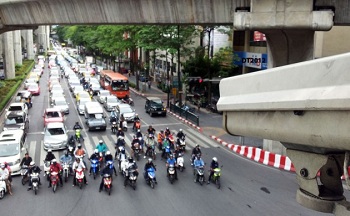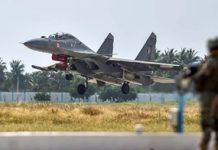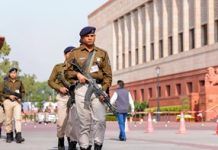For the first time, Delhi Police have installed high definition (HD) wireless cameras to monitor and study traffic movement in the capital. The cameras have been installed at five junctions — ITO, Dhaula Kuan, AIIMS, Laxmi Nagar and Kashmere Gate ISBT — as a pilot study. The police plan to install such cameras at 200 points across the city after reviewing the findings of the pilot project.
“This is the first time that such high definition cameras have been used for streaming video images. And this is the first time we are making an attempt to study traffic. The cameras are wireless, so physical damage is ruled out. Around 12 cameras have been installed at an average of two at each junction,” said Muktesh Chander, Special Commissioner of Police (Traffic).
“We have been getting feed from four junctions. The cameras at the Dhaula Kuan junction are not ready. As soon as we gather feed from the Dhaula Kuan junction, the project will be inaugurated,” he added. The project is modelled on similar installations in New York and aims at studying volume of traffic, types of vehicles, traffic speed and other related information. Delhi Police had announced last year that the project would be integrated with computer and phone applications and help commuters access traffic information at the click of a mouse, and later through a mobile phone application.
“Commuters can get live updates through video coverage of the traffic passing through a junction. This will help them decide which route to take and which to avoid when there is a traffic snarl,” said a senior police officer. In a separate measure, traffic police personnel or ‘traffic scouts’ are being stationed at crucial points on arterial roads to furnish information to the police control room about traffic situation from the ground. An integrated approach using manpower and technology to keep tabs on traffic in the city is under way, said a police officer. Each camera costs around Rs 1 lakh. The project aims at making traffic information freely and constructively available to the commuter as well as to the authorities.








